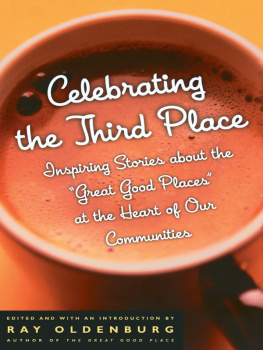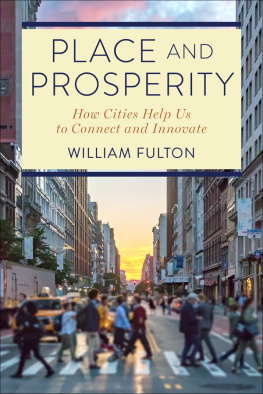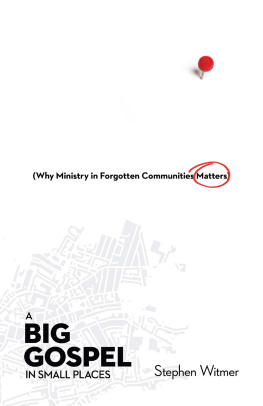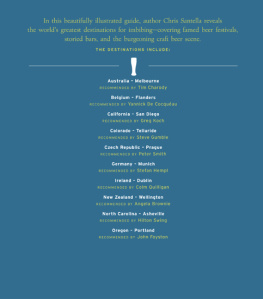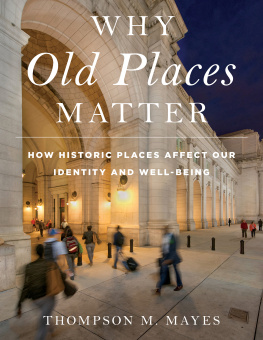Introduction
a young ladys father sits at the big round table in the little diner taking his morning coffee just as he has almost every day for the past ten years. His friends are there with him. His daughter thinks its a wonderful place and was moved to tell me about it in writing. Among the many goings-on she described, the following best illustrates the reason for her admiration:
During my senior year; our band had been chosen to march in the Rose Bowl Parade. A friend of mine who was also a band member could not afford the nine hundred dollars required to make the trip. He was from a broken home, and was forced to live in a taxicab for three years and watch his mom snort cocaine. Having done drugs since the age of ten, this seventeen-year-old recovered addict presented an amazing story. He cleaned himself up on his own, and moved into the home of a drug counselor at school. He began going to church, participating in extracurricular activities, and tried to make up the academics he had avoided for so long. The drug counselors home was average-sized, but housed a family of six. There was barely room for my friend and absolutely no money. He slept on three couch cushions, which was a luxury compared to the taxi. With all the help this family had provided for him, there was just no way they could afford to finance his band trip. I expressed my concern to my father. The following morning, he spoke to his all-male coffee group about my friend. It only took a quarter of an hour to convince them. One pulled out a hundred-dollar bill and laid it on the table. Several followed his lead, laying hundreds, fifties, and twenties out on the round table. Within just a few minutes, there lay nine hundred dollars. My dad went to the school and deposited the money into my friends account. No one ever knew where the money came from. Thats the way they wanted it.
It is the kind of thing Tocqueville marveled at when he visited America in the 1830s, the capacity of Americans to do what needs doing without depending upon government. Essential to informal collective effort is the habit of association, and essential to informal association are places where people may gather freely and frequently and with relative ease.
That little diner is just such a place. It is what I call a third place, a setting beyond home and work (the first and second places respectively) in which people relax in good company and do so on a regular basis. Many Americans, though not nearly enough, still give allegiance to a place they visit before or after work and when home life permits. Some have coffee there before work. Some have a beer there after work. Some stop in for the Luncheon Special every Thursday. Some drop by whenever its convenient. It is their version of the once popular television series Cheers.
Such association is not as essential for good works as it once was. Our society, alas, has become much like Tocquevilles homeland, in which governmental agencies are expected to do whatever needs doing. Yet what government does is done remotely and impersonally; its focus is on our weaknesses and dependencies and its policies define us accordingly.
We may not need third place association to build a town hall anymore, but we sorely need it to construct the infrastructures of human relationships. Ever since the solidifying effect of World War II passed into history, Americans have been growing further apart from one another. Lifestyles are increasingly privatized and competitive; residential areas are increasingly devoid of gathering places. To the extent of our affluence, we avoid public parks, public playgrounds, public schools, and public transportation.
Awareness of these trends and of the sharp decline in the number of third places in the United States prompted me to write The Great Good Place a decade ago. That volume details, illustrates, and analyzes informal public gathering places both here and abroad. It identifies their many social functions and their unique importance as focal points of community life. Now in its third edition, The Great Good Place has become basic reading among a growing number of groups encouraging revitalization of our urban areas and of public life.
That book and the publicity it received also brought me into contact with many people who own and operate third places or otherwise have intimate knowledge of them. It became obvious to me that these people have stories to tell that can take our understanding well beyond what I offered in the first book. It remained only to contact them requesting their participation.

